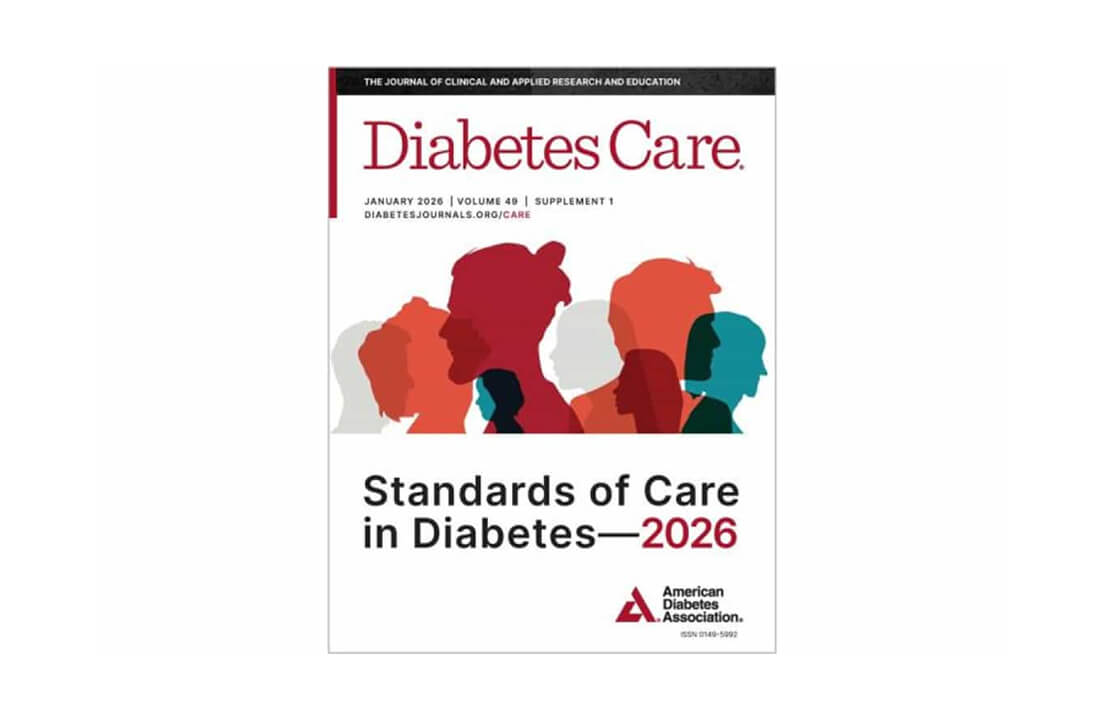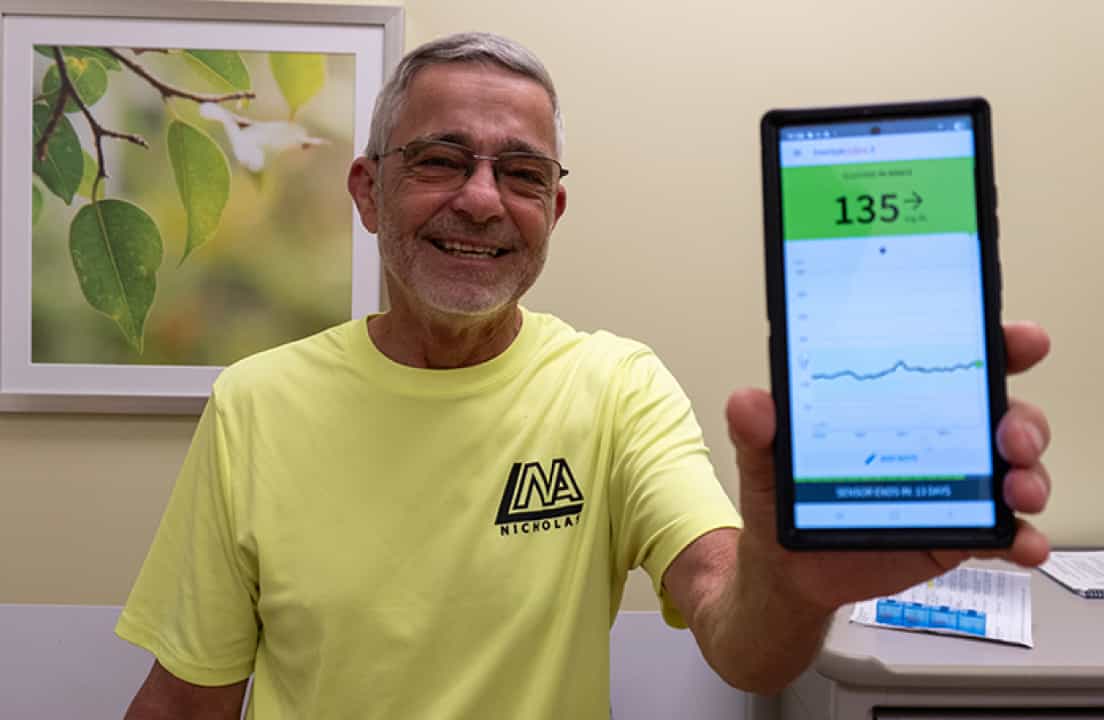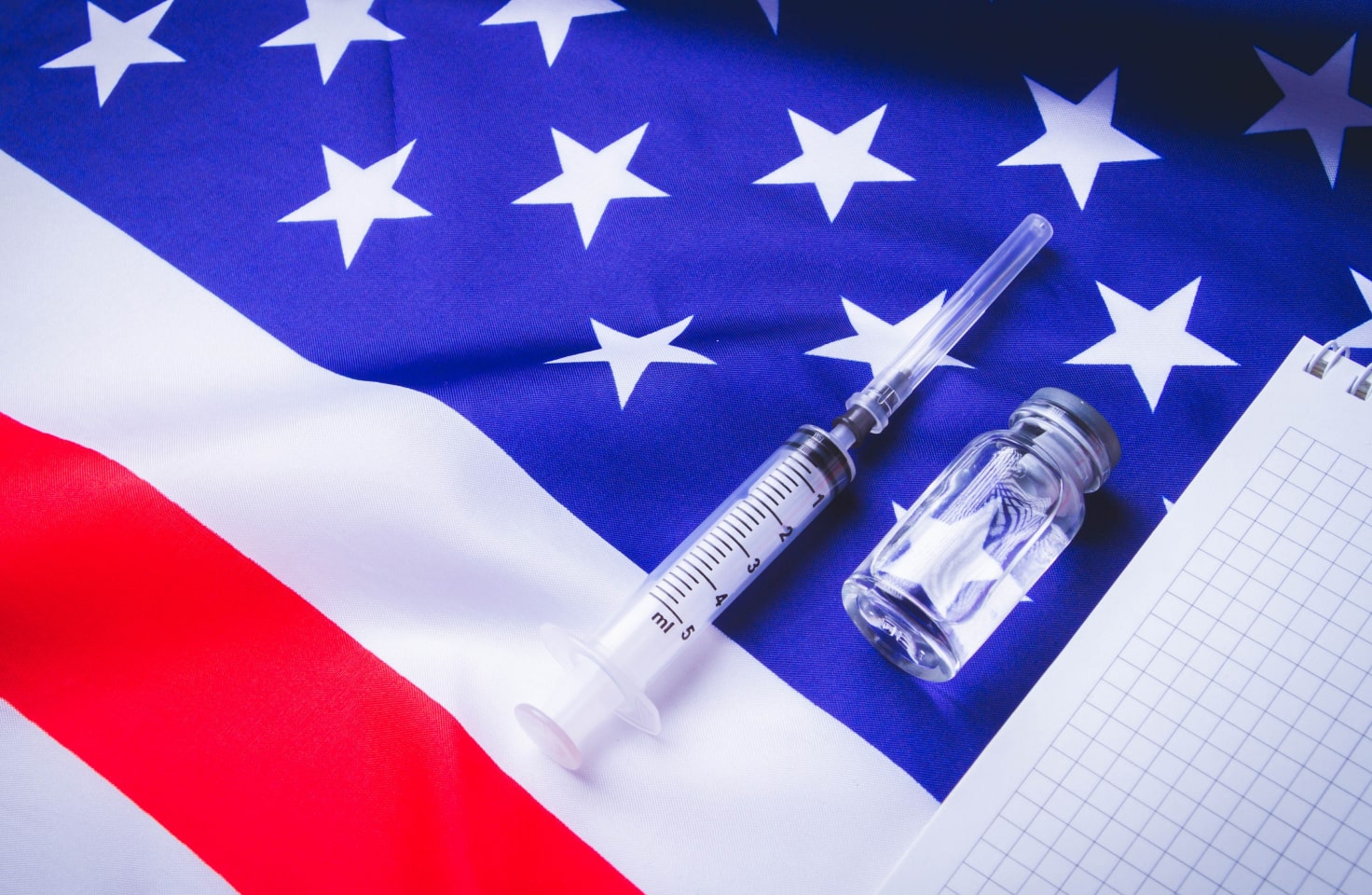T1D Guide
T1D Strong News
Personal Stories
Resources
T1D Misdiagnosis
T1D Early Detection
Research/Clinical Trials
The A1C and Type 1 Diabetes: What You Need to Know
Some people ask if the A1C is more important than blood sugar testing. They are BOTH essential. The A1C shouldn’t keep you from your everyday checks, which are more vital since they calculate every day and night average blood glucose levels. In comparison, A1C tests give you a more comprehensive range over the last few months. Speak to your doctor about any concerns. You may have beautiful A1C levels but still battle dangerous highs and lows—which is not okay.

Understanding your A1C
So you have been newly diagnosed with type 1 diabetes (T1D) and now have to learn all of the type 1 lingo fast—ketones, sugar crashing, pumps or pens. This is no small feat, considering all the decisions to make and the complex terminology. Your health care team will guide you through a personalized diabetes treatment plan that includes blood tests, A1C tests, and continuous glucose monitoring.
To gain the upper hand in your diabetes management, the first step is to learn as much as possible in a short amount of time. Once you’ve mastered most diabetes care essentials, beyond low and high blood glucose, carb counting, and the effects of physical activity and alcohol on your blood sugar level, it’s time for your first check-up with your healthcare provider.
Health Care Team Checkups
This is when the real scanxiety sets in as you wait for the results of your quarterly A1C (HbA1C test results). All T1Ds must take the hemoglobin A1C or HbA1C test, an easy blood test that monitors your average blood glucose level over the past three months. The A1C test measure tool is how doctors determine how well you’ve been managing your diabetes or if your diabetes is managing you.
You’ll want to keep your A1C in the normal range, as a high A1C level can be linked to diabetes complications. Reaching and maintaining your individual A1C goal is vital to good management and the key to looking and feeling better.
At your checkup, your health care team will also assess your bolus and basal rates to see if they need adjustment. Doctors can help with insulin pump settings or smart pens, as well as nutrition guidelines and monitoring physical activity. They may also request additional blood work to check other health conditions. As T1D is an autoimmune disorder, it's important to examine thyroid levels, blood pressure and feet and joint issues.
What is the A1C Test
The hemoglobin A1c test tells you your average level of blood sugar over the past 2-3 months. It's also called HbA1c, the glycated hemoglobin test, or glycohemoglobin. It’s a lot like a baseball player's season batting average. A single game doesn't tell you how a player is performing in their career.
Similarly, one day's test results don't give you the complete picture of how your treatment is working. Your A1C test results help your doctor determine whether you have diabetes. It’s also used to diagnose prediabetes, in which your blood sugar level is higher than it should be but not yet high enough to qualify as diabetes. If your A1c levels are high enough to indicate either diabetes or prediabetes, but you don’t have symptoms of either, your doctor may order another A1c test on a different day to confirm the diagnosis.
To understand A1C tests, one must first grasp the importance of keeping an average blood sugar time in range (T1R). Time in Range is the amount of time your blood sugars are in the healthy average blood glucose levels (between 70 and 180 mg/dL). This is the metric used to assess glycemic control. TIR accounts for how long a person has high blood glucose and low blood sugar and what time of day.

How the A1C Works
When sugar enters a person’s bloodstream, it attaches to hemoglobin, a protein in red blood cells. Individuals with higher blood glucose levels have more sugar attached to their hemoglobin. The A1C measures the number of red blood cells with sugary hemoglobin counts.
The A1C test must be completed in your doctor’s office or hospital setting, and the results are received within minutes. All it takes is a blood sample on a test strip. No preparation or fasting is required.
What is a Normal A1C Level?
First things first. The key to determining a healthy A1C range is to meet with your healthcare provider to evaluate the best range for you. This is essentially done at diagnosis and can be adjusted thereafter.
Your physician determines your individual A1C goal through several factors that include:
- Your age.
- How long you’ve had diabetes.
- Your risk of diabetes complications.
- Other medications you’re taking.
- Other health conditions you may have like—insulin sensitivity or hypoglycemic unawareness.

Here is the standard A1C rating for people with and without diabetes.
- An A1C level below 5.7% - is considered normal.
- A level of 5.7% to 6.4% indicates prediabetes.
- A level of 6.5 or higher indicates diabetes.
The goal for most T1Ds is to have an A1C of 7% or lower. However, again, this is determined by your doctor. The more familiar you get with managing your diabetes, the more you’ll begin to see the A1C results, which can also be reported as your estimated average glucose (eAG) or daily glucose readings with your blood sugar meter or continuous glucose monitor.
The American Diabetes Association has an eAG/A1C conversion calculator to determine your A1C concerning your daily glucose average. The test is used to help improve glucose control in patients.
How to Improve Your A1C
If you’re wondering how I can get my A1C down fast, here are some ways to lower it. It may not happen overnight, but with time and effort, it can be done.

Steps to lower your A1C:
- Dietary changes like limiting processed foods will help lower your A1C. Also, choosing smaller portions and avoiding high-calorie, sugary foods and drinks help as well.
- Monitor your numbers: This can be done either with a random blood sugar test via a blood glucose meter or through continuous glucose monitors (CGMs).
- Exercise more frequently: Start by walking, hiking, or anything to get moving and get your heart pumping!
- Getting a good night’s sleep: Experts recommend between seven to nine hours of sleep a night.
- Avoid daily stress.
Here are some helpful tips to reduce anxiety:
- Daily meditation
- Daily walks and stretches
- Eating healthy, well-balanced meals
- Getting a good night’s rest
- Exercising regularly
- Avoiding excessive tobacco, alcohol or other substances
- Therapy or talking with a friend or family member.

What should I eat to lower my A1C?
It’s not what most people want to hear but go easy on the sweets. High-sugar treats and drinks, white bread and pasta spike blood sugar levels, and consistently high blood sugar averages are hard to get down. Try incorporating protein-rich foods, like lean turkey, eggs, yogurt, chicken, fish or tofu. Additionally, fiber-rich foods, like fruit, vegetables and beans, are also good choices.
Pro Tip: Combine protein foods with fiber and carbohydrates to reduce spikes in blood sugar. Fiber also curbs your appetite. So, an ideal meal includes a little protein, fiber, carbohydrates and fat.
Effects of a High A1C
Prolonged high blood sugar and A1Cs in the higher range increase the risk of diabetes complications like diabetic ketoacidosis, a life-threatening result of the body not having enough insulin to allow blood sugar into your cells to use for energy.
Uncontrolled blood sugar levels may result in kidney failure, nerve damage, heart disease, stroke, eye problems, and foot and leg amputations. According to the American Diabetes Association, diabetes is the seventh leading cause of death in the United States.
Other Diabetes Tests
A healthcare provider uses this standard test to diagnose prediabetes and diabetes in patients. Other tests include the glucose tolerance test or oral glucose tolerance test, which is also used to diagnose gestational diabetes. More tests are available to differentiate between type 1 and type 2 diabetes (C-peptide, islet-cell, anti-GAD65 and the Anti-insulin antibodies test).
Don’t Beat Yourself Up!
Yes, this is serious business, but there is no charge to ‘beat yourself up’ over a high A1C. Type 1 diabetes is one of the most challenging chronic illnesses to face. Some say it’s like a second job you can’t quit. Yes, it isn’t easy to manage, but try to find the positives and seek help if needed. Also, surround yourself with loving, supportive people who encourage you daily.
Life is a gift, and you can still live a full, healthy one when you set your sights on making healthy choices. Unlike other chronic diseases, you can test your limits physically and mentally.
TIDs play extreme sports, ski, rock climb, and run marathons. T1Ds become rock stars, race car drivers and U.S. Supreme Court judges—so don’t let diabetes hold you back. Additionally, A1C testing became available in the 1970s, and with all the new technology evolving to support you, you can’t help but prosper.


.webp)





.webp)


.jpg)
.jpeg)

.jpg)
.jpg)



.jpg)



.jpg)




.jpg)

.jpg)



.jpg)

.jpg)




.jpg)
.jpg)
.jpg)
.jpg)
.jpg)
.jpg)
.jpg)

.jpg)
.jpg)

.jpg)



.jpg)
.jpg)
.jpg)

.jpg)

.jpg)














.jpg)


.jpg)







.webp)











.webp)



















.webp)